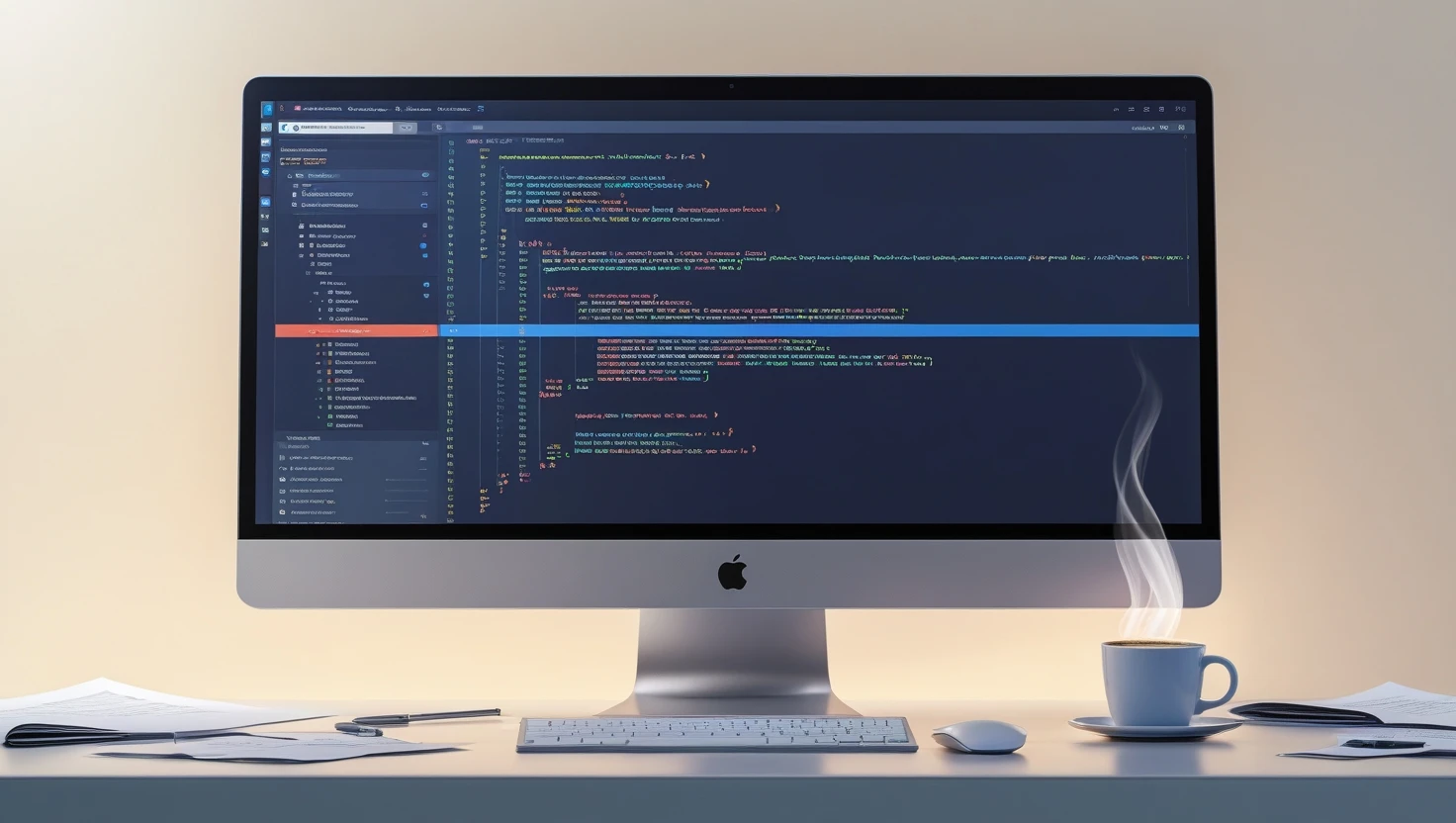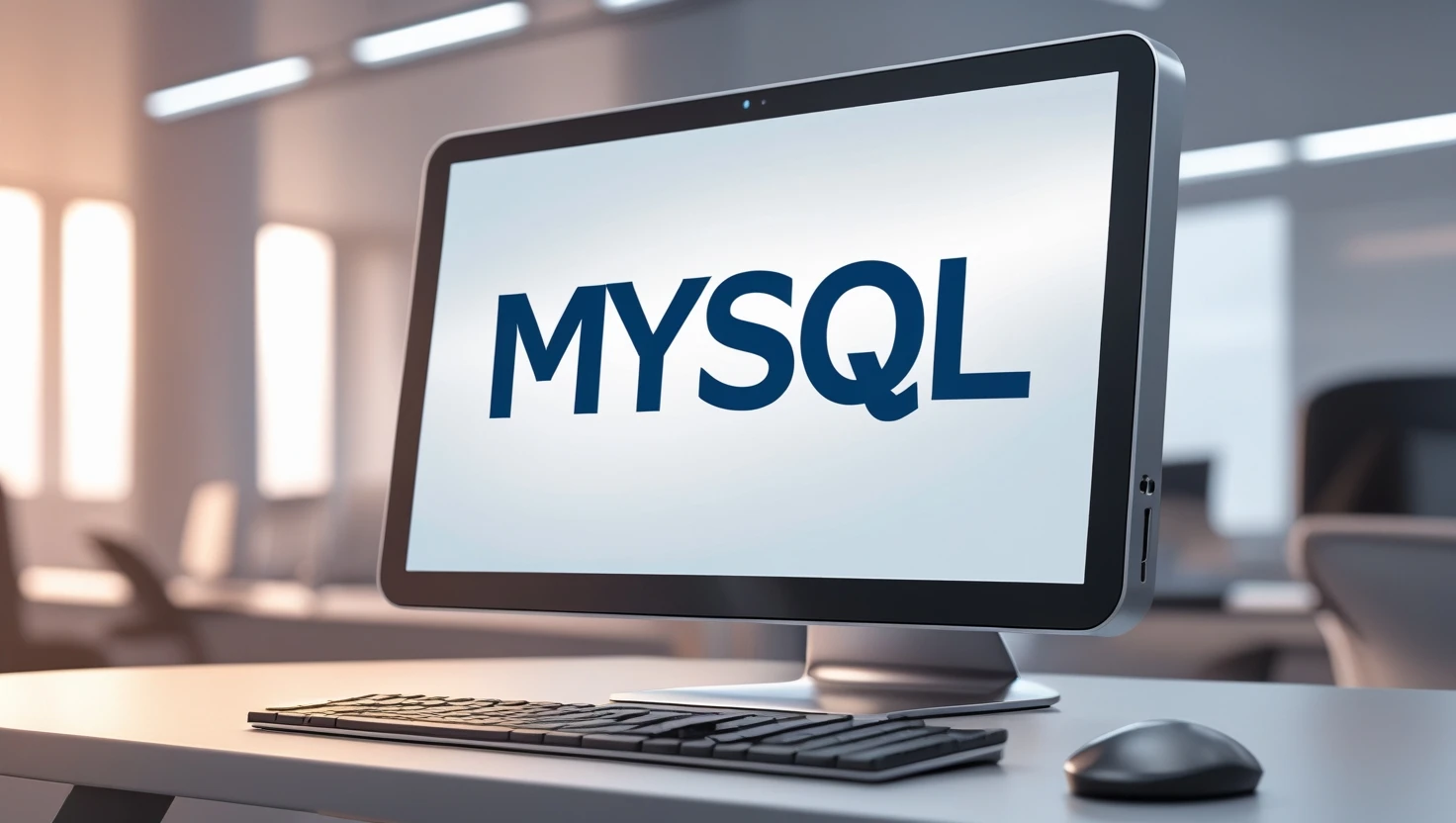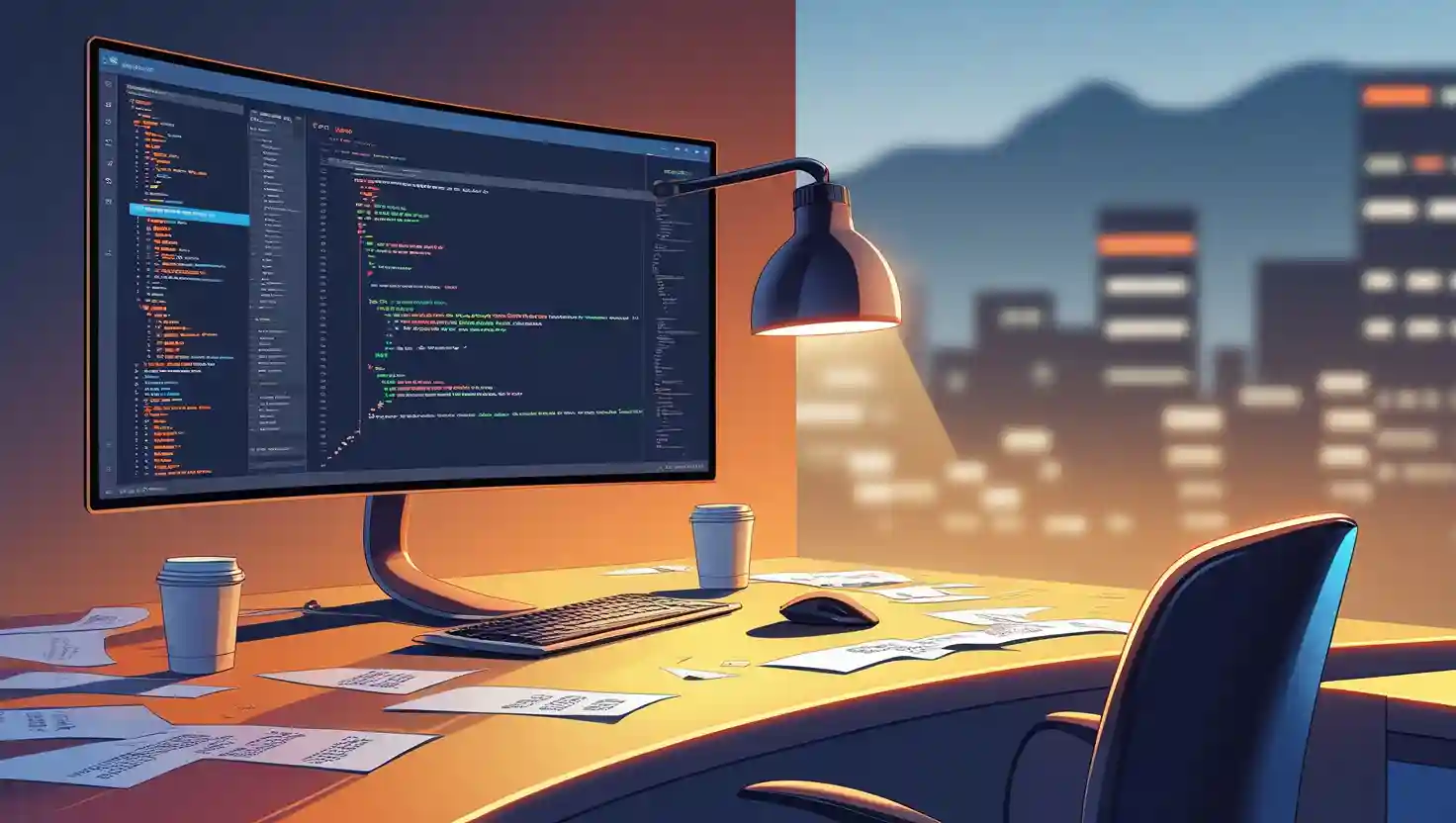Top 5 Budget Sports Bikes for Youth in India (2025) — Best 150–200cc Picks Under ₹2 Lakh
Choosing the right sports bike as a young rider blends excitement, style, and sensible decision-making. This guide — 'Top 5 Budget Sports Bikes for Youth' — walks you through five affordable, performance-minded motorcycles that deliver sporty looks without breaking the bank. Whether you’re commuting, learning cornering, or craving weekend thrills, you’ll find options across 150–200cc that balance power, fuel efficiency, and manageable running costs.
We’ll explain what matters most for young riders: rider ergonomics, seat height, usable torque, safety features like ABS, maintenance expenses, and aftermarket support. Each bike entry includes a clear snapshot of key specs, an honest list of pros and cons, typical price guidance, and examples of who the bike suits best — students, early-career professionals, or weekend adrenaline-seekers.
The guide highlights bikes that are widely available in India, have proven reliability, and carry modern safety fitments. I also include practical buying tips: how to test-ride safely, paperwork to check, what to bargain for at dealerships, and a simple maintenance checklist to keep ownership costs low. You’ll learn why sometimes a slightly higher upfront cost pays off with lower servicing time and better resale value.
If you’re new to sportier motorcycles, the article helps you match riding goals to the right machine and avoid impulse buys. By the end you should have a shortlist of 2–3 models to test-ride and a checklist that turns enthusiasm into a smart, long-term decision. Read on to find the best bang-for-buck sporty bike that fits your size, budget, and riding ambitions.
Introduction
For many young riders, a sports-style bike is the perfect mix of attitude, agility, and everyday practicality. You don't need a litre-class machine to feel sporty — modern 125–200cc motorcycles offer sharp styling, usable power, and lower running costs. This guide narrows the choices to five budget-friendly sport bikes that are popular among youth in India right now, explains why they make sense, and helps you pick the best fit for your riding style.
Quick buying checklist: what matters most
Before the model-by-model breakdown, here are the quick must-check items for any young buyer:
Safety first: Prefer bikes with ABS (anti-lock braking system). In India, ABS is mandatory for two-wheelers above 125cc and from January 1, 2026 the government has mandated ABS on all new two-wheelers — a sign that safety fitments are non-negotiable.
Seat height & ergonomics: Make sure you can flat-foot the bike at a stop; aggressive sports seats are stylish but can be high.
Usable torque over peak power: For city riding, mid-range torque matters more than top-end horsepower.
Maintenance network: Check service intervals, typical parts cost, and availability of nearby service centres.
Insurance & accessories: Budget for premium, helmet, and recommended accessories (frame sliders, service kit).
The Top 5 Budget Sports Bikes (short verdict + details)
1) Suzuki Gixxer SF 155 — The easy-to-live-with faired bike
Snapshot: 155 cc, ~13.6 PS, comfortable ergonomics, fully-faired sporty look. Ex-showroom price ~₹1.47 lakh (varies by city).
Why it’s great for youth
Classic faired sportbike silhouette without the aggressive clip-ons — easier for daily rides.
Light kerb weight and friendly power delivery make it a forgiving choice for newer riders.
Good fuel efficiency and low running costs.
Pros
Comfortable upright riding posture
Fairing helps at higher city speeds and on the highway
Low maintenance, reliable engine
Cons
Not the most powerful in twisties compared to 200cc rivals
Limited aftermarket performance upgrades
Who should buy it?
Students and young professionals who want sporty looks, sensible ergonomics, and low running costs. Example: a 22-year-old college student who wants a weekend highway ride and a comfortable daily commute.
2) TVS Apache RTR 160 4V — The performance-oriented 160cc
Snapshot: 159.7 cc, ~17.5 PS, refined chassis with USD fork options; ex-showroom price usually starts near ₹1.24 lakh.
Why it’s great for youth
Punchy midrange and sharp handling make it ideal for twisty roads and city zipping.
Strong feature list on higher variants (dual-channel ABS, slipper clutch on some trims, ride modes on select editions).
Pros
Best-in-class engine performance for 160cc segment
Sporty ergonomics and handling
Good dealer & service network
Cons
Slightly firmer ride for rough roads depending on setup
Higher variants push the budget upwards
Who should buy it?
Young riders who value cornering and responsiveness — ideal for weekend riders practicing their lines or early enthusiasts.
3) Bajaj Pulsar NS200 — Raw fun with modern tech
Snapshot: 199.5 cc, ~24.5 PS, torque around 18.7 Nm; ex-showroom starts around ₹1.43 lakh.
Why it’s great for youth
Powerful for its price point — gives a taste of true performance without a supersport price tag.
Strong aftermarket support for cosmetic and performance parts.
Pros
High power for the class
Solid metal frame and sporty stance
Good value-for-money performance
Cons
Heavier than 160cc rivals; fuel economy can be lower
Riding politely takes practice — not a beginner's performance bike
Who should buy it?
Riders who want a genuine “performance” feel and plan to grow their skillset quickly. Example: a young IT professional who enjoys spirited rides on the highway and occasional track days.
4) Honda Hornet 2.0 — Refined streetfighter with modern features
Snapshot: ~184.4 cc, ~16–17 PS, refined engine and modern electronics; ex-showroom starting ~₹1.58 lakh depending on the city.
Why it’s great for youth
Honda’s reputation for engine refinement and build quality means dependable daily ownership.
A good balance between accessible torque and everyday comfort.
Pros
Smooth power delivery and low NVH (noise-vibration-harshness)
Modern features like TFT cluster and Bluetooth on newer trims
Dual-channel ABS and traction features on variants
Cons
Slightly higher price vs 160cc rivals
Not as rawly engaging as a dedicated track bike
Who should buy it?
Riders who want Honda reliability with sporty styling — perfect for riders who want low fuss ownership and modern gadgetry.
5) Yamaha YZF-R15 V4 — Mini-racer with race-bred DNA
Snapshot: 155 cc, ~18 PS, aerodynamic fairing and race-oriented ergonomics; ex-showroom price generally around ₹1.85–1.90 lakh depending on variants.
Why it’s great for youth
R15 has long been the aspirational “entry sportbike” for young riders who want a racetrack feel in a road-legal package.
Precise handling and rev-happy motor reward skill development.
Pros
Aggressive styling and genuine sportbike ergonomics
Strong aftermarket and community support (riding clubs, track days)
Advanced features: slipper clutch, ride connectivity on certain trims
Cons
Aggressive riding position can be uncomfortable for long commutes
Pricier than many 155–160cc alternatives
Who should buy it?
Motivated riders who want a true sporty riding posture and plan to attend track days or prioritize performance aesthetics.
Deep dive: practical specs & ownership notes
Suzuki Gixxer SF 155 — Practical specs & tips
Engine: 155 cc, fuel-injected single-cylinder; Power ~13.6 PS, Torque ~13.8 Nm.
Fuel tank: ~12 L. Mileage in real-world ~35–45 kmpl depending on riding style; kerb weight ~148 kg.
Practical tip: The faired bodywork reduces rider fatigue on longer commutes. If you mostly ride inside the city, choose a variant without heavy aerodynamic aids to save a few kilos and improve low-speed maneuverability.
Maintenance note: Expect scheduled servicing every 4,000–6,000 km; costs are relatively low compared to premium brands. Keep the chain lubricated every 700–1,000 km in monsoon months for longevity.
TVS Apache RTR 160 4V — Practical specs & tips
Engine: 159.7 cc, with outputs around 17–17.5 PS (depending on tuning). Mileage is often ~40–48 kmpl for conservative riding.
Practical tip: The Apache rewards suspension tuning — if you find the stock setup too stiff on urban potholes, ask the dealer to adjust preload or visit a decent suspension shop for minor tweaks.
Maintenance note: TVS offers good first-line service and spare part availability, which helps reduce long-term ownership costs.
Bajaj Pulsar NS200 — Practical specs & tips
Engine: 199.5 cc single-cylinder, ~24.5 PS and ~18.7 Nm torque; fuel tank ~12 L. Expect real-world mileage around 28–36 kmpl depending on riding aggression.
Practical tip: For riders transitioning from 150cc bikes, take time to get used to the strong midrange pull. Practice smooth throttle inputs in traffic to avoid wheel-spin on patchy surfaces.
Maintenance note: Pulsar parts and performance parts are abundant and inexpensive; however, servicing a 200cc machine is slightly costlier than 150cc bikes.
Honda Hornet 2.0 — Practical specs & tips
Engine: ~184.4 cc producing roughly 16–17 PS; ARAI mileage figures vary but expect high 30s to mid-40s kmpl in mixed riding. Features list includes TFT cluster and dual-channel ABS on certain trims.
Practical tip: Hornet’s ergonomics are neutral — it is an excellent all-rounder for daily commutes and occasional spirited rides. The refined motor means smoother city traffic shuttle duty.
Maintenance note: Honda’s dealership network is very strong; periodic maintenance costs are predictable and most riders report trouble-free ownership.
Yamaha R15 V4 — Practical specs & tips
Engine: 155 cc, about 18 PS; rev-happy design with sport-biased gearing. Real-world mileage tends to be in the 35–45 kmpl range depending on riding style.
Practical tip: If you plan to use the R15 as a daily commuter, test the ergonomics over a 30–60 minute loop: the aggressive tuck is great for spirited riding but may cause neck fatigue on long urban trips.
Maintenance note: Yamaha parts have consistent availability and dealer expertise for sportbikes; however, servicing the precise engine may cost marginally more than simple 150cc commuters.
Finance, used vs new, and resale value (what to expect)
Financing basics: Loan interest rates vary — compare dealer offers vs bank loans. Aim for a down payment of at least 20% to lower monthly EMIs. Check for manufacturer or seasonal offers that include extended warranties or easier EMIs.
Used vs New: Buying used can save money but inspect service history, accident damage, tyre age, and clutch wear. For sport-styled bikes, many owners modify exhausts and suspension — verify whether mods were done professionally.
Resale value: Bikes from strong brands with low running trouble (Yamaha, Honda, TVS, Bajaj, Suzuki) generally keep better resale. Maintenance records and unmodified condition improve resale value.
Top 7 accessories to buy first (smart priorities)
BIS-certified full-face helmet (priority #1).
Riding jacket with CE armor or equivalent padding.
Good quality gloves (gauntlet style for sport bikes).
Anti-theft disc lock or handlebar lock.
Puncture repair kit + portable compressor or inflator.
Rear seat cowl or pillion pad (if you prefer solo looks).
Basic toolkit and chain lube for on-road adjustments.
Simple maintenance checklist (first year)
1st service at maker-recommended km (usually 500–1,000 km).
Oil & filter change per schedule (observe maker manual).
Chain lubing every 700–1,000 km; tension check monthly.
Brake pad inspection every 6 months or sooner if you ride aggressively.
Tyre pressure check weekly; inspect for nails or cuts after long rides.
Common myths busted
“Bigger cc always means faster”: Not necessarily — gear ratios, weight, and rider skill significantly affect real-world pace.
“Sports bikes are always expensive to maintain”: Entry-level sportier models (155–200cc) are often built for daily use; proper servicing keeps costs manageable.
“You must tune a stock bike for fun”: Many stock setups are balanced; unnecessary performance mods can void warranty and complicate servicing.
Final checklist before buying (printable)
Test ride for at least 15–20 minutes on mixed roads.
Check insurance expiry and ask for dealer offers that bundle accessories.
Ask for a demo of all electronics (TFT, phone pairing, lights, ABS feel).
Get a written breakup: ex-showroom, RTO, insurance, handling, and accessories.
Final advice and next steps
Decide your primary use (daily commute vs weekend thrills), set a realistic budget including insurance and gear, and shortlist two models from this guide. Test-ride both at similar times of day and on roads you commonly use to feel real-world ergonomics and handling. After a test-ride, get a written quote from multiple dealers for on-road price and warranty extensions.
Conclusion
A budget sport bike can deliver thrilling looks and engaging handling without straining student or early-career budgets. The five models above represent smart choices across 150–200cc — each with a distinct personality and practical ownership footprint. Match your riding ambitions to the bike’s character, keep safety first, and you’ll enjoy sporty riding for years to come.












